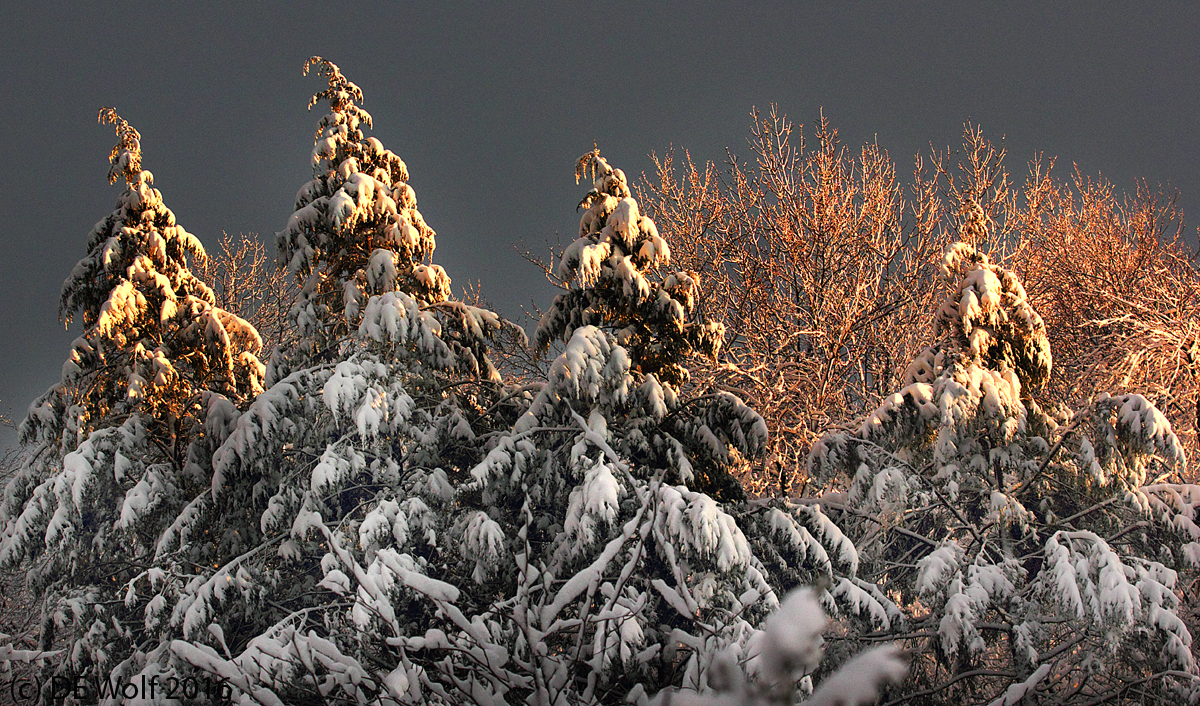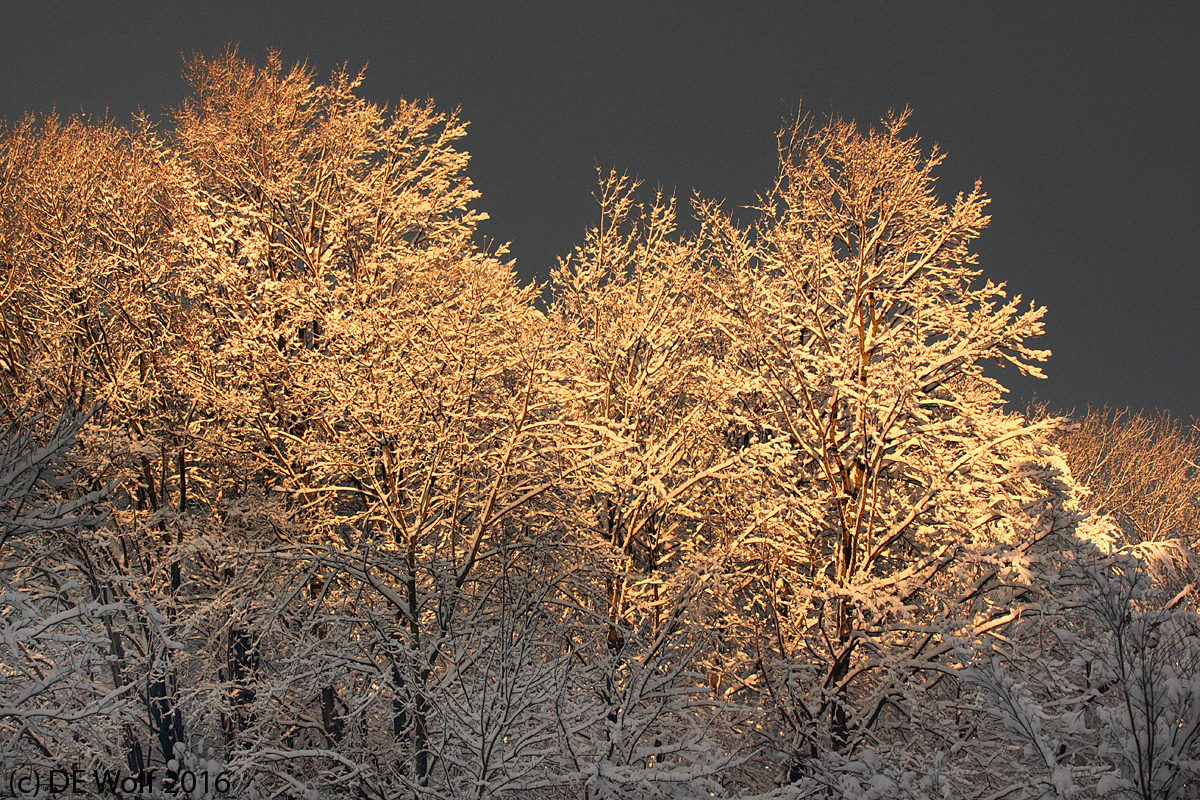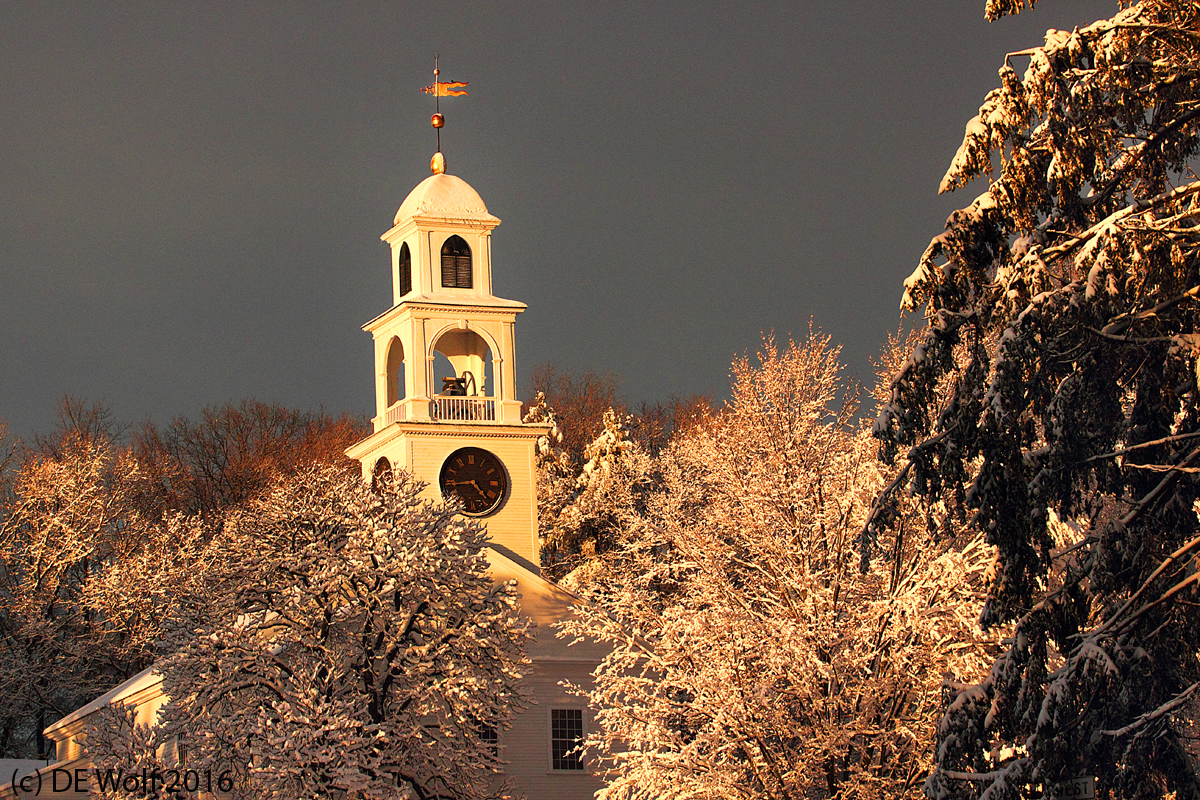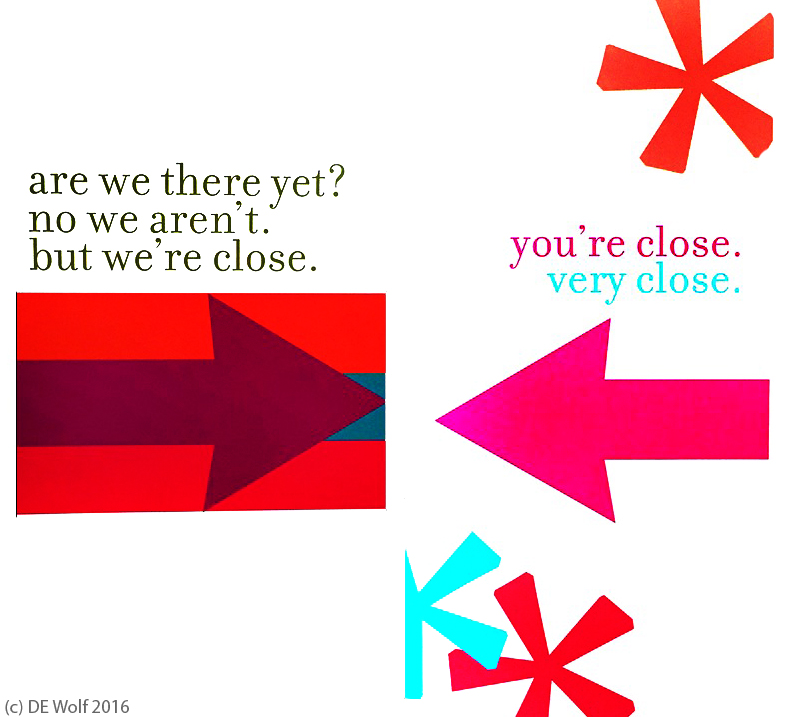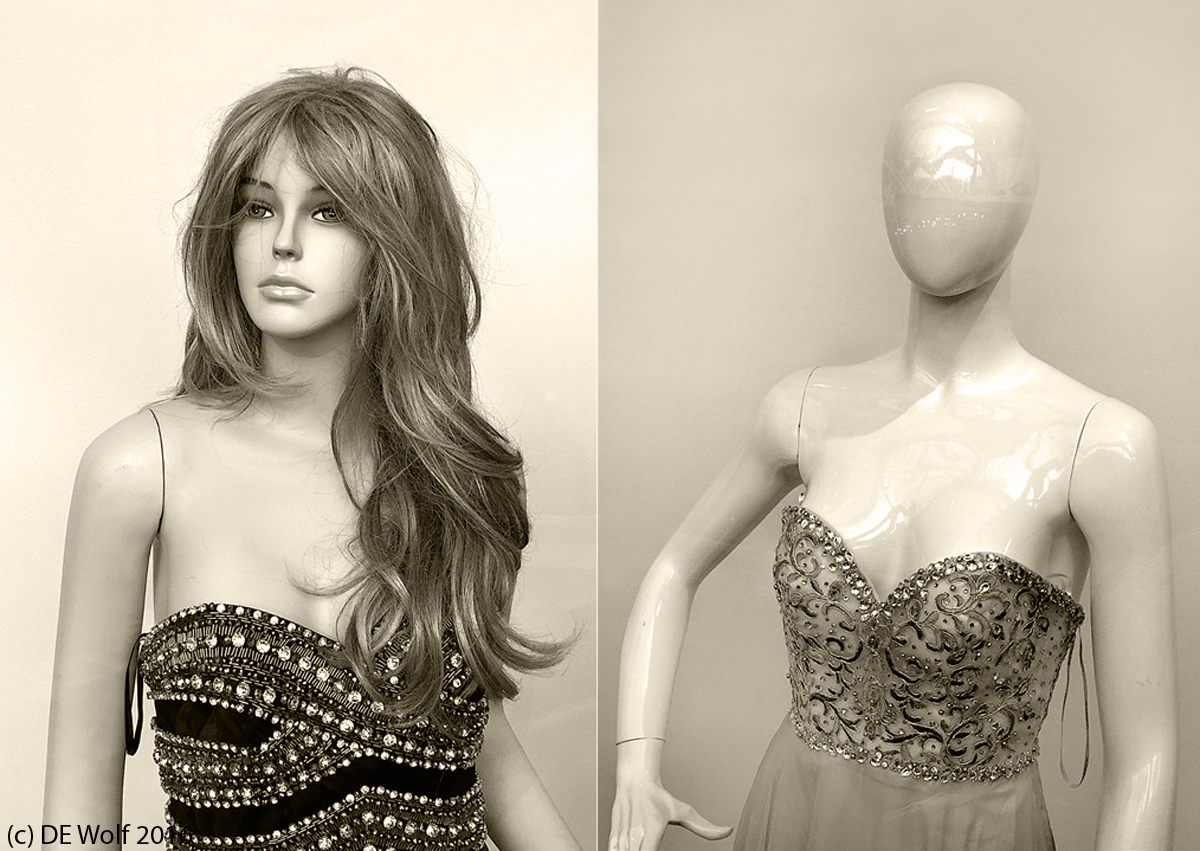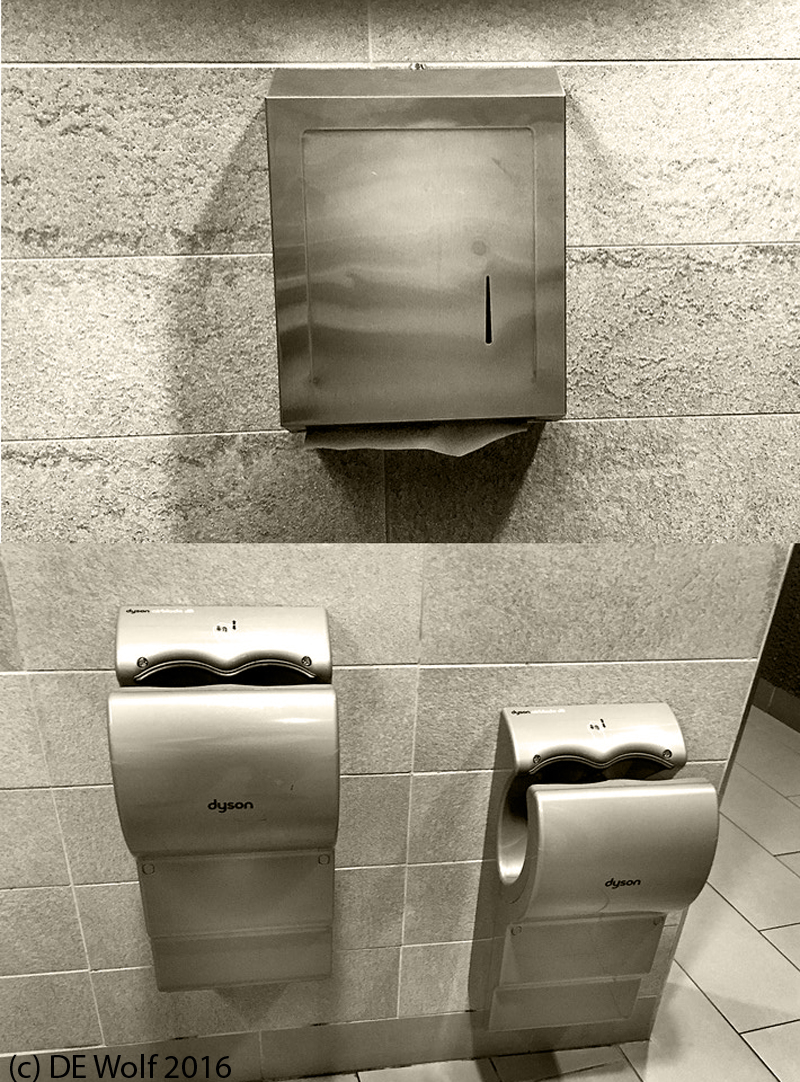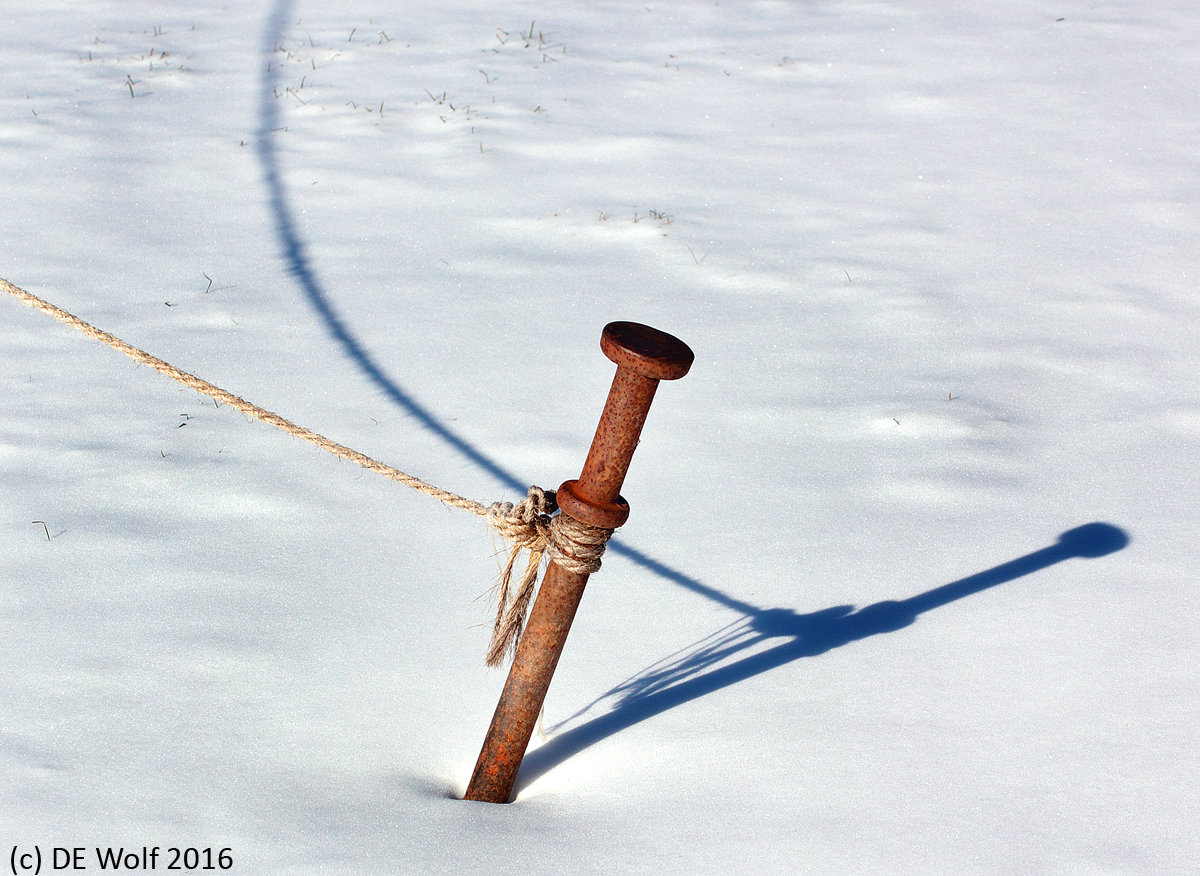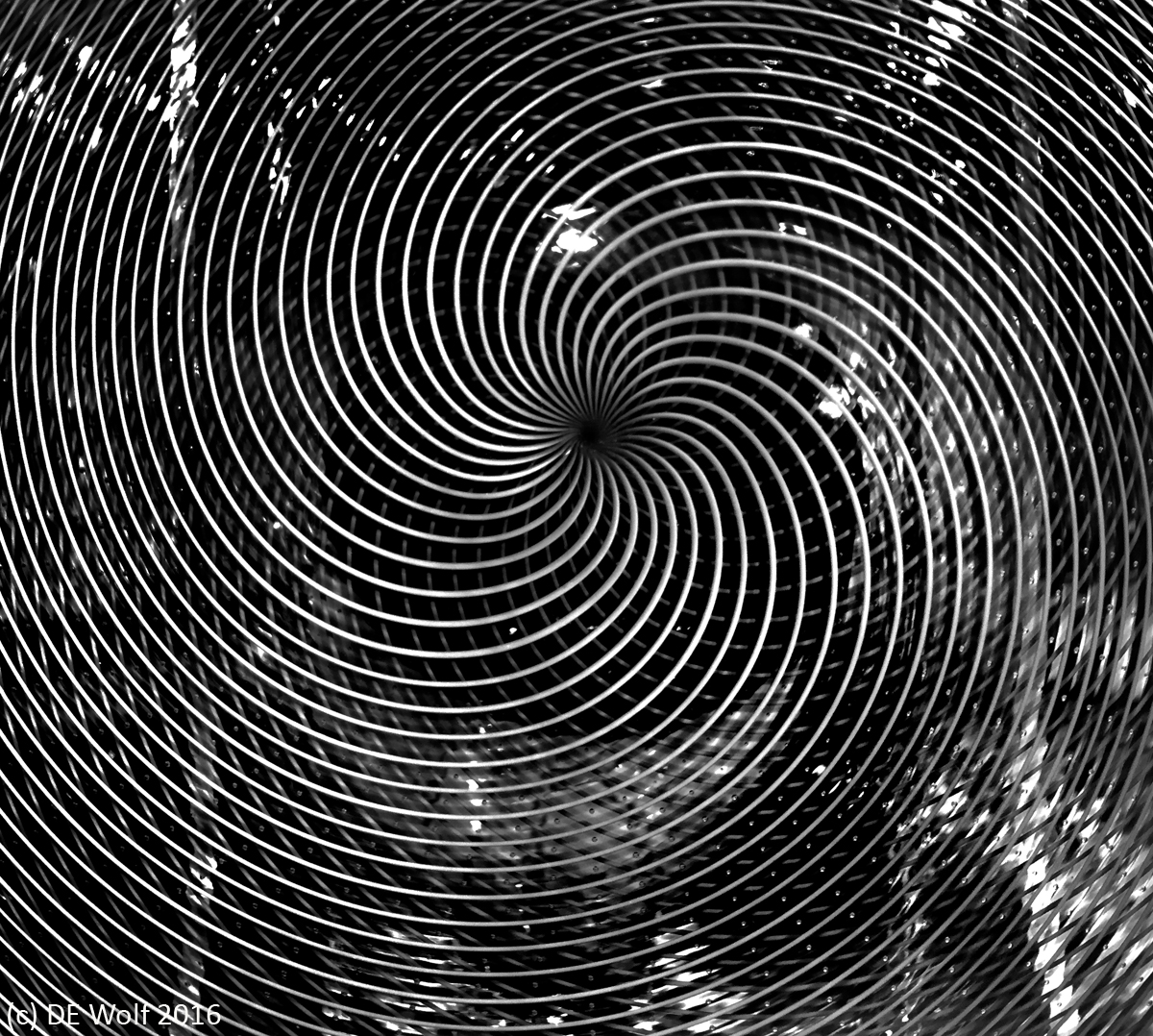
Figure 1 – The Black Hole. (c) DE Wolf 2016.
I have always loved and related to Hamlet’s statement:
“I could be bounded in a nutshell, and count myself a king of infinite space, were it not that I have bad dreams.”
It is, of course, a statement of Hamlet’s contemplative nature. But I think also that it points out the infinite in the miniature, the view that the structures of the universe are everywhere repeated. This is, of course, the whole concept or definition of a fractal, a random process creating order out of apparent disorder, but the same on all scales. The other geometry that seems ubiquitous is the spiral. We have the golden spiral ( a so-called logarithmic spiral) and the Archimedes spiral (a linear spiral): the spiral of the ram’s horn, the spiral of cream in a cup of coffee, and the spiral of the galaxies.
Yesterday was a gloomy day here in Massachusetts as we awaited the big snow, I had sought warmth, shelter, and amusement in the local indoor mall and while walking came across the spirals of Figure 1 – a spiral in a glass vase. My first thoughts were of the Twilight Zone hypnotic spiral, and the wonderful ambiguity of whether it features an inward or an outward spiral. Then my mind wandered to the the warp in space-time around a black hole, where everything is inexorably drawn in, even light, and where nothing escapes. I don’t apologize for obscure associations. All of our minds are set by random, that is fractal, associations. More accurately this is the path that you would see of an object trying to move perpendicular to the radius. This is the path of a planet circling a star – a decaying orbit drawn in the end to its doom. You may have seen shot marbles spiraling down a hemisphere at you local science center.
I took the image with my Iphone, and it proved exceedingly difficult to work-up to what I had visualized. In the end, I liked the distracting reflections mimicking galaxies and faint alternate spiral reflections. These seemed to add to the sense that I was looking at some giant scale astronomical phenomenon.

